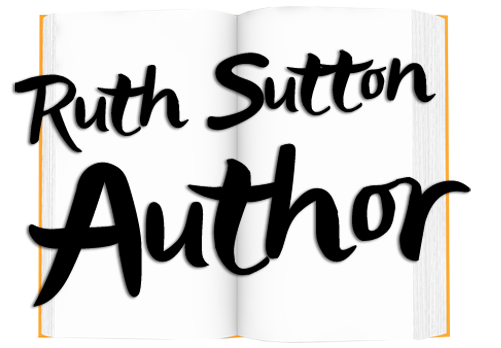The question of whether the location of a story should be real or fictional has bothered me ever since the first idea for my first novel ‘A Good Liar’ several years ago. I wanted to write about where I live, but I also knew my neighbours – many of whom had lived there for generations – were cagey about having their place and inferentially themselves, publicised in this way. So I fudged it. I created a fictional village called Newton at the heart of the story, but all the rest of the locations were real. Many local people who’ve read both ‘A Good Liar’ and ‘Forgiven’, the second of the trilogy, have asked about this decision. Some have asked for a map, which I resisted because of the fudge between fact and fiction.
On balance, I’m glad I didn’t name my village in the books and at least tried to protect its privacy. I’m also glad I checked beforehand with the current owners of a house where some of the action in ‘A Good Liar’ takes place – the Mill Cottage in Boot, Eskdale – to ensure that they were OK with seeing their home both in print and in illustration. They were, as the Mill attached to the cottage is now run as a tourist attraction and publicity is good for business. In the second book, ‘Forgiven’, I wrote about another very precise location, West Row in Kells, Whitehaven. You can check it on Google Maps and see as I did the wonderful view from the houses on that street, looking out over the Solway Firth to Scotland. If – or when? – the story is ever filmed, how would the current residents feel about the tour buses bumping down their cobbled street? I don’t seriously expect that to happen, but it’s an interesting speculation.
So when you’re writing fiction set in a particular area, as I do, deciding about real or fictional place names and details is an issue. In Part 3 of my trilogy set in West Cumberland in the last century I faced this question again, with the choice of Seascale as the main location, and the Windscale nuclear plant (as it was called then) close by. I didn’t ask the residents of Seascale if that was alright with them. Neither the place nor its people were presented in a negative way, and I don’t expect complaints when the book comes out later this year. The question of its title, by the way, remains unsettled, and you can see why if you read my previous blog post, ‘What’s in a Name?’.
With the as yet untitled Book 3 going into production I’m turning my mind to Book 4, and the possibility of switching genre from historical fiction to crime fiction, using as my protagonist one of the characters from the trilogy. If you’re read ‘Forgiven’ – and if not, why not? – you might want to speculate about who the lead character might be. The decision I’m facing now is where to set this new book. I want to stay in Cumbria with its rich history and glorious landscape, but should it be a fictional location or a real one? If it’s crime fiction, the dark side of the place will necessarily be revealed, with bad people doing bad things. If that’s in a recogniseable setting, and only a few decades ago, could that put me at odds with the community I have chosen to live in? If it does, should I care about that?
Fiction writers have always plundered their own lives for people and places and doings and sayings: some of them – D.H. Lawrence for example – knew they would cause upset and didn’t appear to care. But I do care. Does that make a wimp rather than a real writer?

Recent Comments